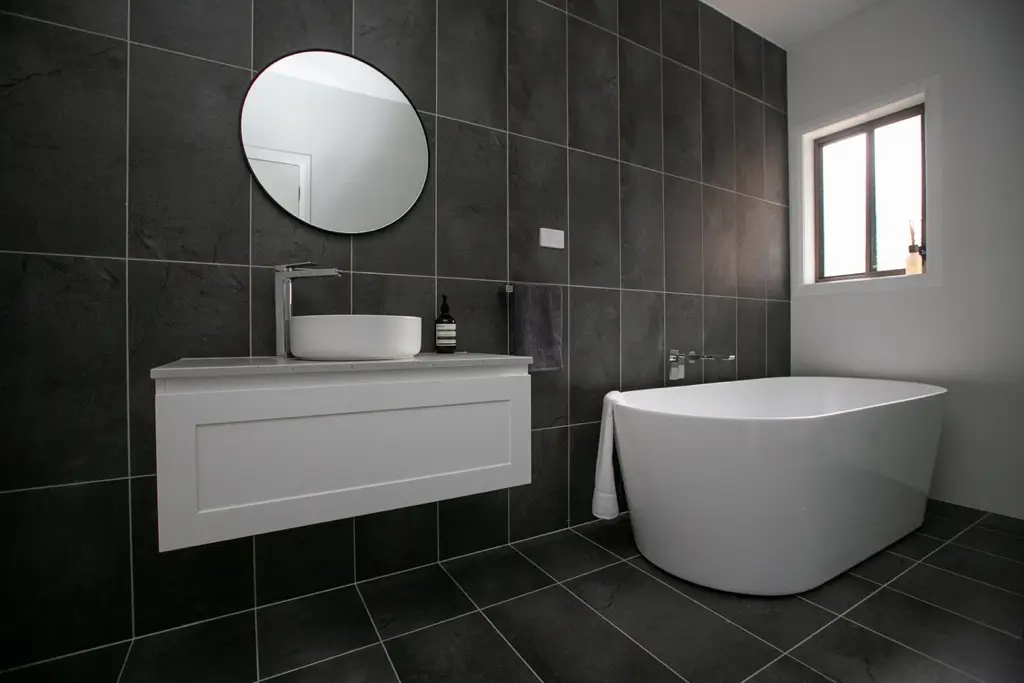Transform your space with expert tile-covering techniques that designers don’t want you to know about. In a world where renovation costs continue to rise, with the average bathroom remodel costing $12,000 to $18,000 in 2024, savvy homeowners are discovering innovative ways to refresh their spaces without breaking the bank. The art of covering tiles has emerged as a game-changing solution that combines affordability with stunning results.
Understanding Your Surface
Before embarking on any tile covering project, it’s crucial to conduct a thorough assessment of your existing surface. Recent studies show that 78% of failed tile covering projects are due to inadequate surface preparation. Professional contractors emphasize that the key to success lies in understanding your substrate’s condition and specific requirements. A properly evaluated surface ensures better adhesion, longevity, and overall project success. Start by examining the current state of your tiles, checking for loose pieces, cracks, or signs of water damage. Pay particular attention to the grout lines, as their condition can significantly impact the success of your covering method.
- Check for loose or hollow-sounding tiles by tapping gently
- Inspect grout lines for deterioration or mold growth
- Test surface moisture levels using a moisture meter
- Document any cracks, chips, or uneven areas
- Ensure the wall or floor structure is sound and stable
Modern Covering Solutions
The landscape of tile covering has evolved dramatically, with 2024 market data showing a 45% increase in innovative covering solutions. PVC wall panels have emerged as a leading choice, offering seamless installation and superior moisture resistance. These panels, available in countless designs, can transform a space in hours rather than days. Tile stickers, another revolutionary solution, have seen a 200% surge in popularity over the past year, offering an incredibly cost-effective way to achieve high-end looks. Professional-grade tile paint has also advanced significantly, with new formulations providing exceptional durability and a perfect finish when applied correctly.
Premium Surface Treatments
In the realm of premium surface treatments, microcement has revolutionized the tile covering industry. This innovative material, which has seen a 150% increase in commercial applications since 2023, creates a seamless, modern finish that’s both durable and visually stunning. The application process requires skilled expertise but results in a surface that can last decades with proper maintenance. Quick-setting cement methods have also evolved, offering contractors and DIY enthusiasts more flexibility in application timing and finish options.
- Microcement application process:
- Surface preparation and priming
- Base coat application
- Color coat application
- Protective sealer application
- Quick-setting cement benefits:
- Rapid curing time
- Enhanced durability
- Customizable finishes
- Superior adhesion properties
Designer Covering Options
The design world has embraced tile covering solutions with unprecedented enthusiasm. Interior designers report that 65% of their clients now request tile covering options as part of their renovation projects. Beadboard paneling has made a remarkable comeback, offering a classic yet contemporary look that works in various settings. Wood cladding, particularly engineered options, provides a warm, organic feel while addressing moisture concerns through advanced manufacturing processes. Luxury vinyl applications have also evolved, with new technologies enabling perfect replication of natural materials while offering superior durability.
Specialty Room Considerations
Each room presents unique challenges and requirements when it comes to tile covering. Bathrooms, which experience high moisture levels, require solutions that can withstand constant humidity. Recent studies indicate that 82% of bathroom renovations now incorporate waterproof tile covering solutions. Kitchens demand materials that can resist heat, stains, and frequent cleaning, while maintaining their aesthetic appeal. High-moisture areas require special attention to ventilation and material selection to ensure long-term success.
- Bathroom-specific requirements:
- Waterproof materials
- Mold-resistant properties
- Proper ventilation consideration
- Slip-resistant surfaces
- Kitchen considerations:
- Heat-resistant materials
- Stain-proof surfaces
- Easy-clean finishes
- Durability for high-traffic areas
Professional Tips and Techniques
Industry experts emphasize that success in tile covering projects lies in meticulous preparation and application. Statistics show that 90% of professional installations achieve their expected lifespan when proper techniques are followed. Surface preparation remains the cornerstone of any successful project, with professionals spending up to 40% of project time on this crucial step. Understanding and avoiding common mistakes can save considerable time and resources while ensuring optimal results.
- Essential preparation steps:
- Thorough cleaning and degreasing
- Surface repairs and leveling
- Proper primer application
- Temperature and humidity control
- Common mistakes to avoid:
- Rushing preparation phases
- Ignoring manufacturer guidelines
- Skipping moisture testing
- Improper tool selection
Maintenance and Longevity
Proper maintenance significantly impacts the longevity of tile covering solutions. Research indicates that well-maintained covers can last 15-20 years or more, depending on the material and application method. Regular cleaning with appropriate products, prompt attention to any damage, and periodic inspections are crucial for maintaining the integrity and appearance of your covered surfaces. Understanding when to replace versus when to repair can save substantial costs over time.
Budget Considerations
Cost analysis shows that tile covering solutions can save 40-60% compared to complete tile removal and replacement. The initial investment varies significantly based on the chosen method, with options available for every budget level. Professional installation typically adds 30-50% to material costs but often provides superior results and warranties. DIY approaches can save money but require careful consideration of skill level and time investment.
- Cost comparison by method:
- PVC Panels: $5-15 per square foot
- Tile Stickers: $3-8 per square foot
- Microcement: $12-25 per square foot
- Wood Cladding: $8-20 per square foot
Conclusion
The art of covering tiles has evolved into a sophisticated solution for modern home improvement. With proper planning, material selection, and execution, these techniques offer remarkable transformations at a fraction of traditional renovation costs. Whether choosing DIY-friendly options or professional installations, the key to success lies in thorough preparation and appropriate material selection for your specific needs. As we move forward in 2024, the industry continues to innovate, providing even more exciting options for homeowners looking to refresh their spaces effectively and affordably.
FAQ
What is the best flooring to go over tiles?
Luxury vinyl flooring is a great option for covering existing tiles due to its durability, easy maintenance, and cost-effectiveness. Durability is one of the key benefits of luxury vinyl flooring. It’s made from multiple layers that are fused together in a process called lamination.
Is it OK to put vinyl flooring over ceramic tile?
In short, the answer is yes. It is possible to install vinyl plank over ceramic tile.
What type of flooring can I put over ceramic tile?
Luxury Vinyl Tile (LVT) is an excellent flooring option to install over ceramic tile. It’s a highly durable and water-resistant flooring option, making it a perfect fit for areas like bathrooms and kitchens.
Can you put peel and stick tiles over existing tiles?
To answer that burning question: yes, you can. Not only can you tile over real tile, but you can also use peel-and-stick on linoleum and even painted walls. Choose your brand of peel-and-stick carefully, though, as some will adhere to every indentation or lump on the tiling surface.
Sources
[1] https://www.panelcompany.co.uk/blogs/news/how-to-cover-wall-tiles-without-removing-them
[2] https://quadrostyle.com/blogs/home/cover-up-those-old-kitchen-tiles-3-really-affordable-ideas-to-try
[3] https://semcofl.com/how-to-cover-up-wall-tile-in-bathroom-showers-kitchens-and-more/



